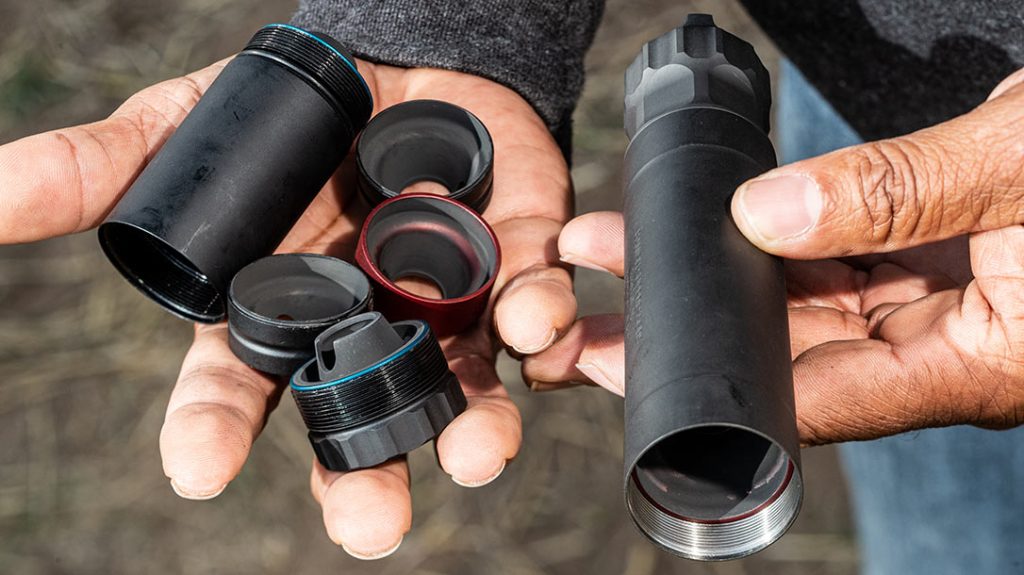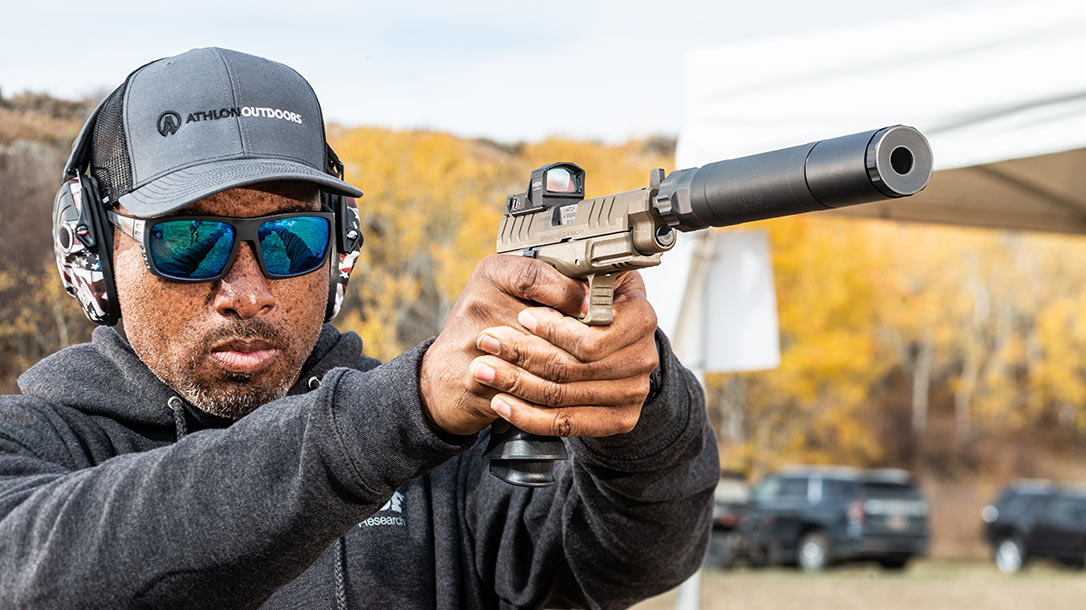In the entire firearms industry, there might not be any other item more misunderstood and undermined with misconceptions about ownership and onerous paperwork than suppressors. Specifically when it comes to how to buy a suppressor.
Step by Step Instructions on How to Buy a Suppressor
Yes, the “silencer.” Even the name is misused. Suppressors reduce the noise of a firearm report, but “silencing” a gunshot? Nay, nay, nay.
People think that suppressors are too hard to obtain, too expensive, and involve a lengthy process that ties up time and money for an excessive time. Not anymore. So, if you have ever wondered how to go about the fastest way to buy a suppressor, read on.
Advertisement — Continue Reading Below
Steps For Doing The Can-Can
Yes, there is a $200 tax, and the suppressors themselves are not cheap. However, they offer benefits in light of the comparatively high cost of guns, optics, and ammo. Likewise, they are good for hearing protection, making firearms easier to use and more practical at the range and on the hunt. This makes that initial bite a small nibble.
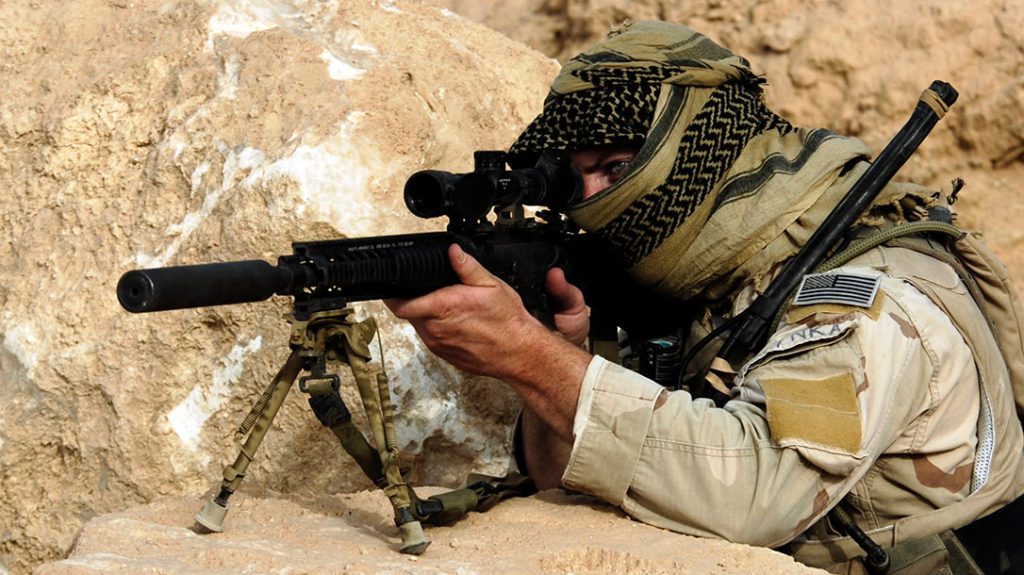
The new BATF online Form 4 process to apply for suppressor ownership is remarkably shooter friendly. Up until recently, getting a suppressor involved months of applying, waiting, more waiting, and then finally more waiting. Then you were informed that the silencer that you bought almost a year ago can now be transferred.
Advertisement — Continue Reading Below
The new online process can be done with some minimal computer use and two trips to your local gun store or FFL holder. How is it done? Here are the 10 steps in using the new electronic process to obtain a legal transfer of a suppressor.
Buying a Suppressor in 10 Steps
- Bang, bang, bang. Oh, that’s too noisy, I want a suppressor.
- Call your local gun shop (FFL licensee), find out if they are set up for BATF online application for transfer, and have them order the suppressor you want if they do not have the one you want.
- After they get the suppressor, go to the gun shop (trip #1), you and the shop sign on the ATF website and fill out the online Form 4 paperwork (and steps 4-6), and pay for the suppressor, transfer tax ($200) and Dealer fee (usually about $100).
- Obtain a PIN number and password from the BATF website (ahead of time or at the gun shop).
- Obtain a federal fingerprint card and have it completed. This can be done and submitted ahead of time or done at the gun shop.
- Use the electronic submission process (the gun shop should be set up for this) to send your Form 4 application and fingerprint card to BATF and follow up with copies by mail.
- Between a few days to a few months (about 60 days on average), the BATF will notify you that your application is approved.
- Return to the gun shop (FFL licensee) to use the online process to transfer the suppressor from the shop to you and then fill out the BATF Form 4473 (trip #2).
- Take possession of your new suppressor.
- Pew, pew, pew. Oh, that’s much better…
The Waiting Period
Some folks will find different ways to navigate the application process. However, based on previous electronic Form 4 approvals and the current electronic approvals process, once the ball gets rolling, the total time needed to secure a transfer approval of a silencer should be reduced from the current ten months (or more) wait time to just 60-90 days.
There have been reports of approval in hours or a few days and others over two months. But the average has been a very achievable 60 days and none greater than 90 days.
Advertisement — Continue Reading Below
A good question is should a transferee who has started the paper process restart with the e-Form? No. Apparently, that will not be a good idea.
A notable process change for the customer is to acquire a username and PIN online from the BATF website. To create an eForm account, visit eforms.atf.gov to start the process, which you can do without applying for a suppressor.
You will then receive your username from the ATF (that they select), and the transferee (you) chooses a password and PIN for future transactions and identification purposes.
Advertisement — Continue Reading Below
Hollywood Magic
Obviously, don’t take anything from movies or TV shows as indicative of an actual report from a real suppressed gun. Hollywood’s version of suppressor sounds is from a sound engineer using a cataloged audio file from a sound effects library.
The actual report of a suppressed firearm is based on many variables. So, there is no way to make an accurate blanket statement of actual decibels (loudness). The variables include caliber, type of firearm (bolt-action, gas impingement or piston), barrel length, type of ammunition (straight wall or necked), and design and make of suppressor.
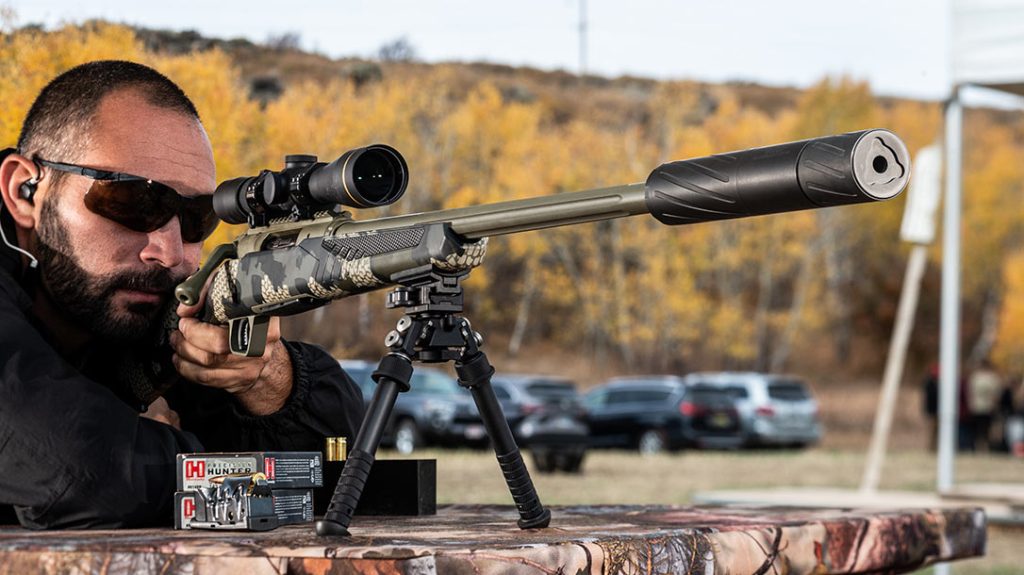
Advertisement — Continue Reading Below
For better tactical mobility, an operator may accept a shorter but louder suppressor for a carbine. However, a long-range marksman or hunter may want maximum noise reduction with a big suppressor for a bolt gun. Someone with a very quiet 5.56 rifle putting the same suppressor on a 7.5-inch AR pistol will find it is not ear safe.
Folks wanting a suppressor need to know what they plan to shoot it on. Likewise, a one-size-fits-all approach will simply be less effective than a particular suppressor for a specific caliber. Especially from a barrel long enough to not have unburned propellant detonating outside.
Generally, if you match those variables properly, yes, you will have a quiet, ear-safe suppressed firearm with reduced recoil. That’s a win-win-win.
Advertisement — Continue Reading Below
How to Choose a Suppressor
But how and where to start when you are ready to buy a suppressor? There are some excellent sources of information, assistance, and products available from top-tier folks like SilencerCo (silencerco.com).
Perhaps the hottest online entity right now is Silencer Central (silencercentral.com). Silencer Central helped to beta test the new online Form 4 process. As did Dead Air (deadairsilencers.com), run by Mike Pappas, who has been in the silencer/suppressor business for decades.
Pappas says, “Right now, today, this minute, we are in the most golden time for purchasing silencers that mankind has ever seen in the United States of America. We have more silencer companies now than ever, and the cost and availability are very shooter friendly.”
Advertisement — Continue Reading Below
That kind of thought is what Dead Air does best. Each model in their line of suppressors is engineered for a specific use and cartridge. And the internal baffles are designed for a specific powder and gas volume.
The Dead Air Sandman is super tough with a welded, Stellite core and is centered around a high rate of fire with bottleneck rifle cartridges like the 5.56 or 7.62 NATO. However, the Nomad in Titanium or 17-4 stainless steel with a two-stage baffle is made for higher capacity magnum and non-magnum bottleneck rifle cartridges like the .300 Win and up to the .300 Norma Mag.
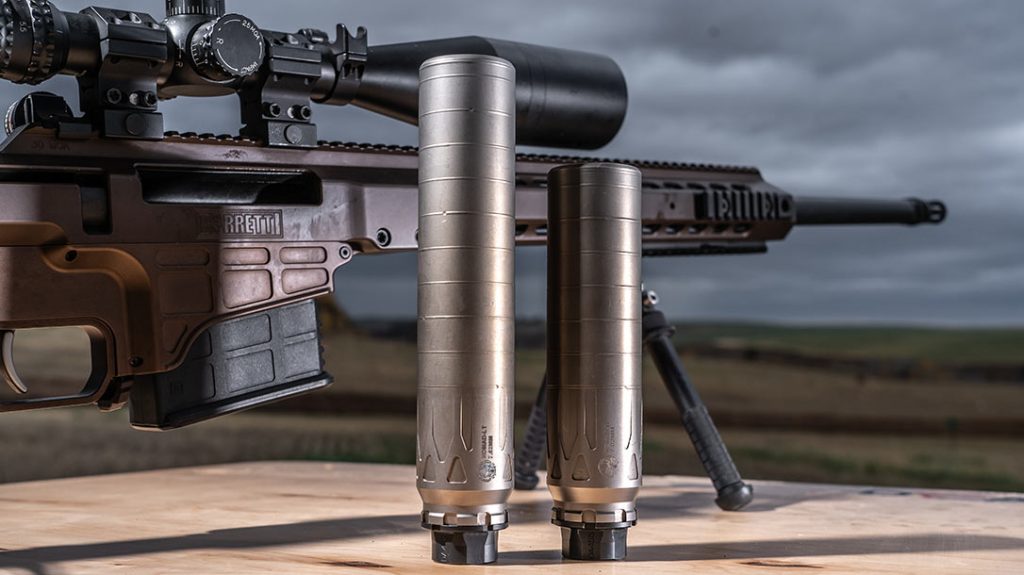
Advertisement — Continue Reading Below
The new Primal is designed to work best with larger straight-walled cartridges and lower-volume cartridges like the .458 SOCOM. However, the Mask is designed for .22 LR pistols and rifles. So, it is made to be easily cleaned and is light at 6.6 ounces.
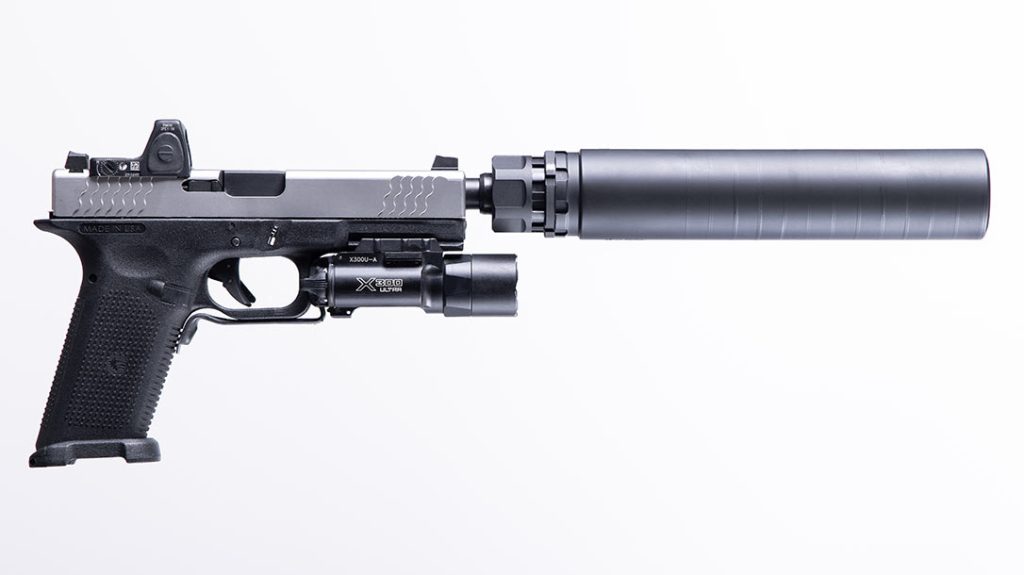
Once you figure out what firearm, cartridge, and barrel length you want to quiet down, the choices are there.
Final Considerations
A criterion that should be considered when looking to buy a suppressor is how good is the manufacturer support. Although modern suppressors are incredibly robust and reliable, if something does go wrong, and it does, not having your suppressor backed by a viable manufacturer may leave you high and dry.
If you need a different/additional muzzle device for your suppressor, will brand X have them, or are you stuck? Dead Air ships out many thousands of silencers per year and is committed to its customers. So, if something goes wrong with any of its over a dozen models, they will repair your product. This includes everything from using the wrong ammo to a wipe or endcap strike.
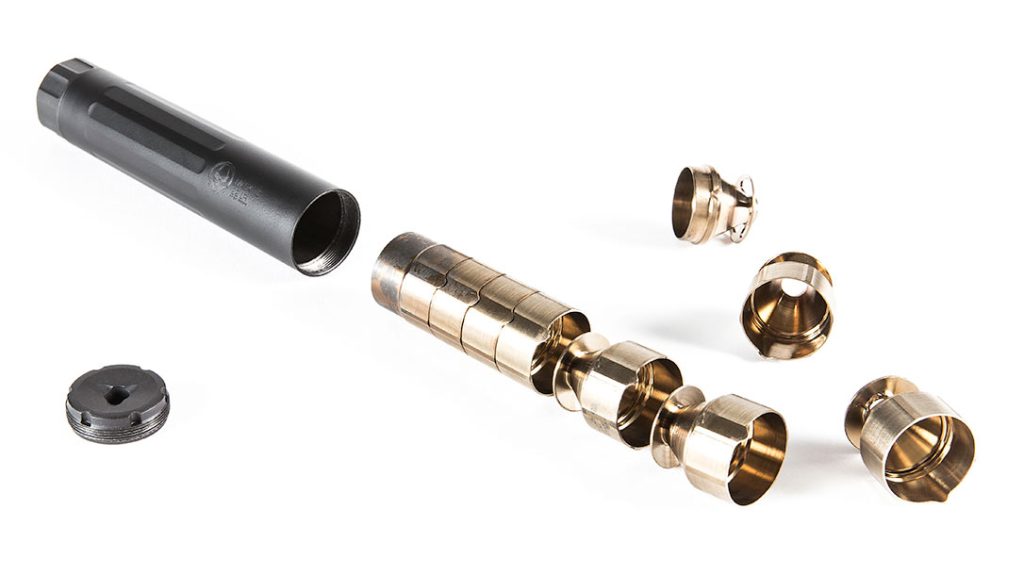
Just contact Dead Air, and depending on the repair needed, they will either provide you with a replacement part (if appropriate) or provide a pre-paid shipping label to get it to them. The item will be fixed and then shipped directly back to the transferee at no charge.
When asked about why such a great warranty program, Pappas said, “If you are a customer, you are one of us, and we treat you like we would like to be treated. It doesn’t matter the reason or what happened.”
The Benefits of Using Suppressors
I had the opportunity to shoot Dead Air Suppressors at the 2022 Professional Outdoor Media Association (POMA) Shooting Sports Showcase at the CMP range near Talladega. And having ear-safe weapons just about doubles the fun, especially with .22s. It really allows new shooters to concentrate on instruction and skill-building and less on the flinch-causing report.
Hopefully, one day we can change the federal law that classifies silencers and suppressors as controlled firearms. It only hinders millions of shooters who don’t know how to buy a suppressor from easily obtaining this efficient personal protection equipment with resultant much less hearing loss.
However, for now, the new online process is the best and fastest process we have ever had to obtain one. And companies like Dead Air and Silencer Central are the best resources for assistance, information, and products to change your shooting from bang, bang, bang to pew, pew, pew.
This article first appeared in the July-August 2022 issue of Tactical Life magazine. Get your copy today at OutdoorGroupStore.com.
